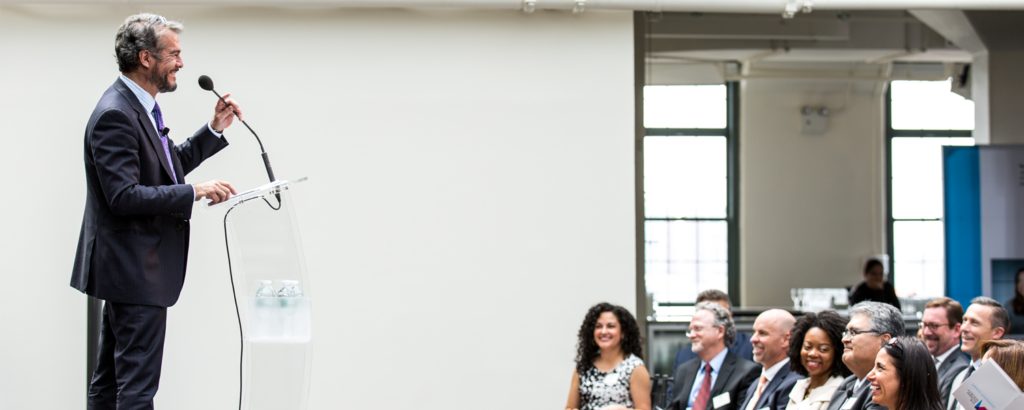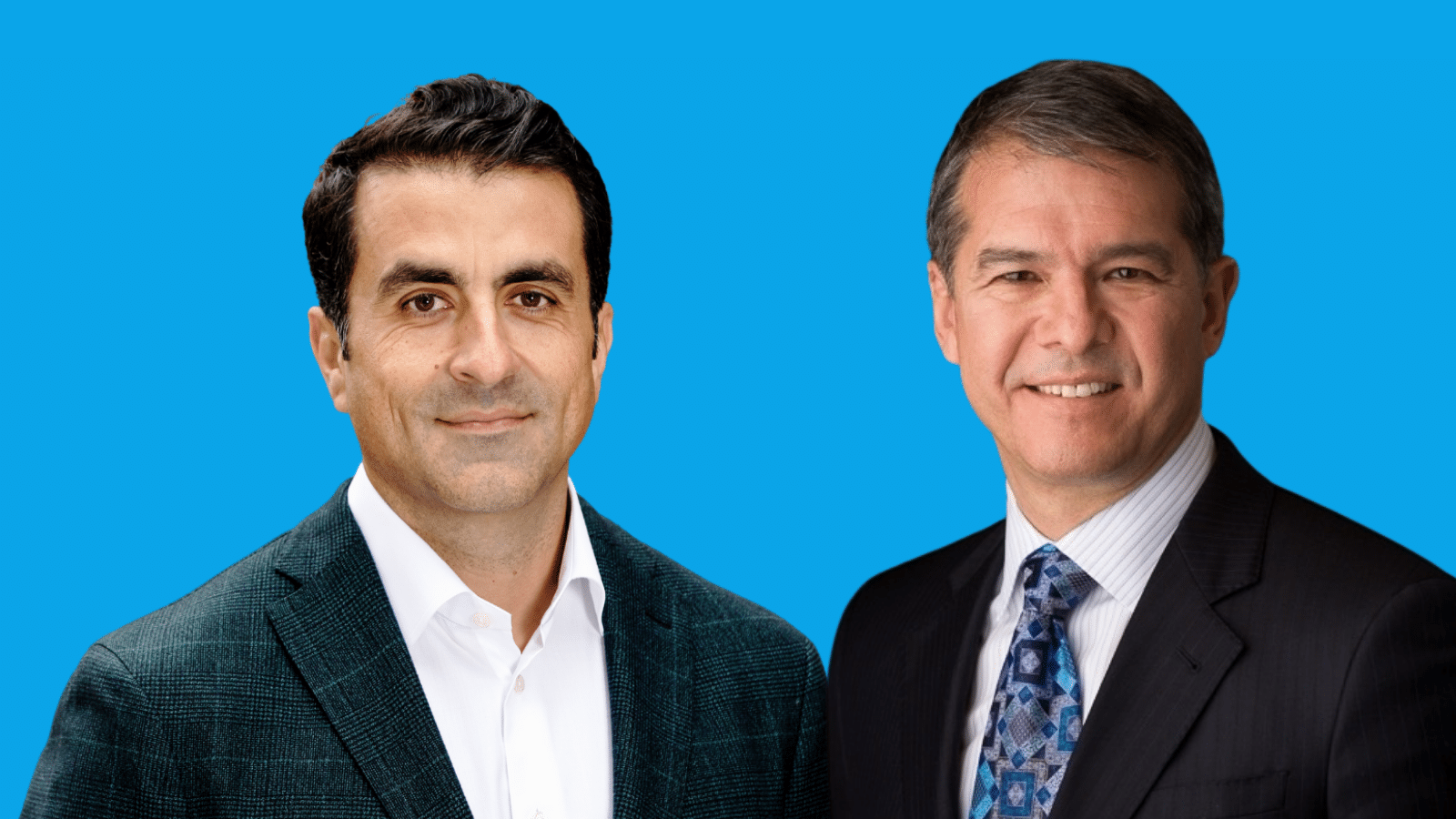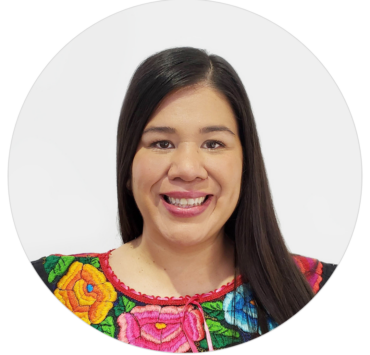The Alumni Society has come a long way—and has so much more to look forward to.
The Alumni Society was founded because we felt there needed to be a better way for companies to make traction on their public pronouncements around diversifying senior-level leadership teams.
That first casual conversation, in which we conceptualized an idea of what became The Alumni Society, took place over a glass of whiskey after a Hispanic Executive Top 10 Líderes dinner where Ricardo Anzaldua and other Latino leaders were recognized by the magazine. Energized and inspired by this event, we wanted to capture that magic and help galvanize the effort to advance Latino senior leadership.
Ricardo, an alumnus of Brown University and Harvard Law School, had always enjoyed the camaraderie he felt when he connected with other Latinos who shared a similar academic experience. He wondered if there was a way to bring together Latinos who were alumni from top schools—and somehow have that group also serve as a platform for blue-chip companies to recruit from. He’d been involved in informal alumni groups in the past, but those groups lacked the administrative infrastructure that is crucial for an organization to survive and thrive.
To this end, we spent a good portion of 2014 in the ideation phase. It wasn’t an easy time. It took a big investment of resources—not to mention a huge leap of faith from many of the people involved—to make our idea a reality, and we certainly had our doubters. Many thought the group was too niche, too elitist. They said the model wouldn’t work. That the name didn’t immediately associate itself with Latinos.
But we persisted because we believed we were on to something special.
That first year, it was important us to enlist the help and support of our university alliances and to create a founding board. Crucial to our growth strategy was partnering with private companies that would sponsor our efforts, and we were fortunate to secure four major companies that saw the vision of The Alumni Society and the value of aligning themselves with this initiative.
These relationships paid off in many ways, but the first real turning point came in 2015 when we had our first Leadership Summit. This inaugural summit was the catalyst for getting The Alumni Society off the ground. It was the anchor for our community, and that day was electric. We managed to get over 250 members to join us for our first summit, and what we heard from many of those members was powerful: contrary to those who had said that the group was too niche, those at the summit told us that The Alumni Society was “exactly what they were searching for.”




